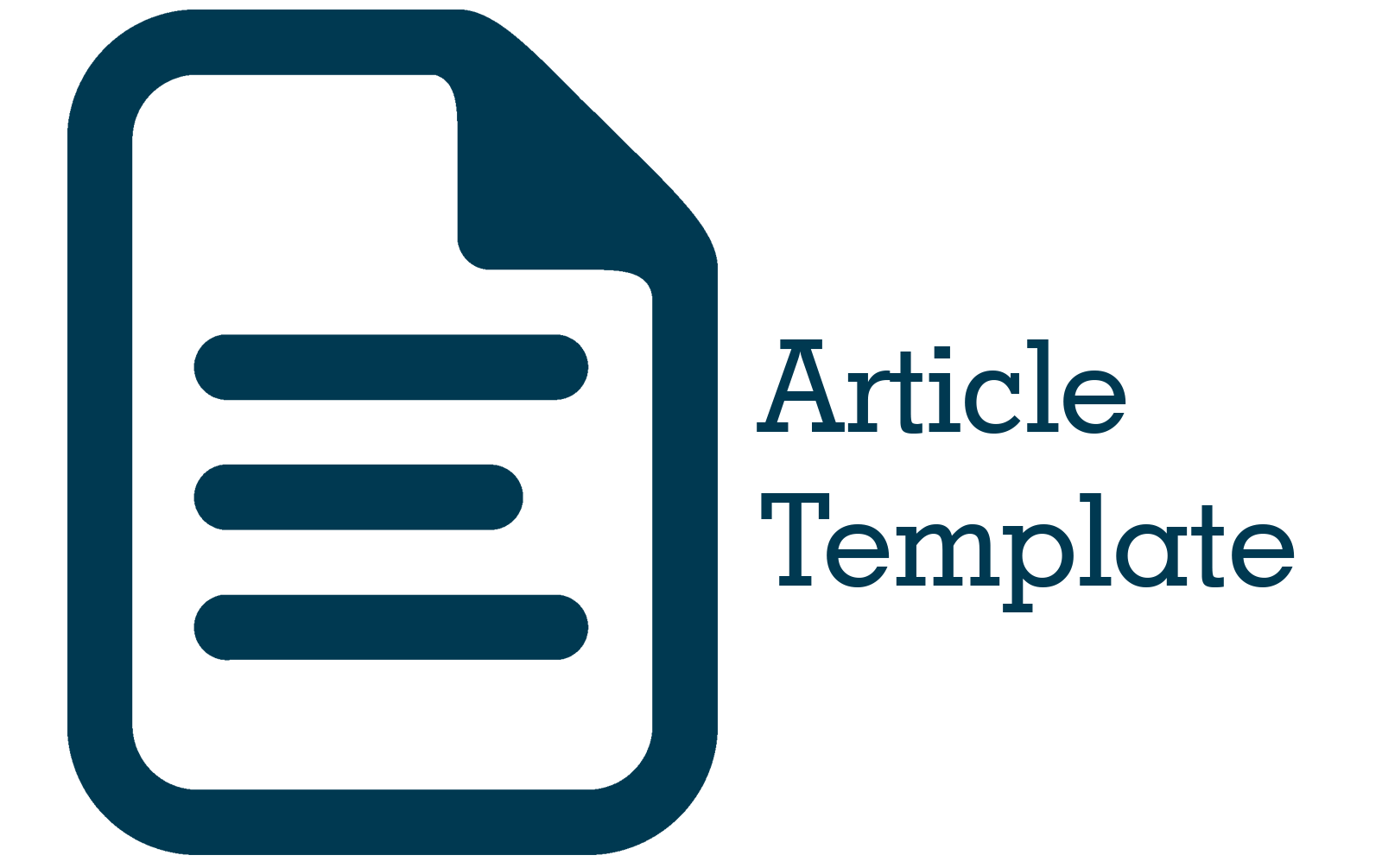Uji Hepatoprotektif Ekstrak Etanol Bunga Cengkeh Berdasarkan Kadar AST dan ALT pada Tikus Galur Wistar yang Diinduksi Paracetamol Dosis Tinggi
Abstract
Abstract. Liver damage or hepatotoxicity is often caused by exposure to toxic substances, including high doses of paracetamol. The accumulation of the toxic metabolite of paracetamol, the toxic metabolite N-acetyl-p-benzoquinoneimine (NAPQI), causes hepatocyte cell damage which is characterized by increased levels of AST and ALT. This study aims to determine the hepatoprotective effect of ethanol extract of clove flowers (Syzygium aromaticum) based on AST and ALT levels in Wistar rats induced by paracetamol. This study used a post-test only control group design with 30 mice divided into five groups: normal control, negative control, and three treatment groups with clove flower extract at doses of 150, 300, and 600 mg/kgBW. Paracetamol induction was given for three days at a dose of 2000 mg/kgBW, while clove flower extract was given for 14 days. The results showed that AST levels in the normal group (140.5 ± 34.05 U/L), negative control (177 ± 57.51 U/L), and treatment 600 mg/kgBW (114.6 ± 9.07 U/ L). ALT levels in the normal group (71.67 ± 20.81 U/L) and 600 mg/kgBW treatment (68.2 ± 9.47 U/L). The Kruskal-Wallis test showed that there were no significant differences between groups (p > 0.05), but there was a trend of decreasing AST levels at a dose of 600 mg/kgBW. This effect likely comes from the content of active compounds such as eugenol, which is known to have antioxidant and anti-inflammatory properties. The ethanol extract of clove flowers showed potential protective effects against liver damage due to paracetamol toxicity. Although the results obtained are not yet statistically significant, these findings indicate that the extract has the potential for further development as a hepatoprotective agent.
Abstrak. Kerusakan hati atau hepatotoksisitas sering disebabkan oleh paparan bahan toksik, diantaranya parasetamol dosis tinggi. Akumulasi metabolit toksik paracetamol, metabolit toksik N-acetyl-p-benzoquinoneimine (NAPQI), menjadi penyebab terjadinya kerusakan sel hepatosit yang ditandai dengan peningkatan kadar AST dan ALT. Penelitian ini bertujuan untuk mengetahui efek hepatoprotektif ekstrak etanol bunga cengkeh (Syzygium aromaticum) berdasarkan kadar AST dan ALT pada tikus galur Wistar yang diinduksi parasetamol. Penelitian ini menggunakan desain post-test only control group dengan 30 tikus yang dibagi menjadi lima kelompok: kontrol normal, kontrol negatif, dan tiga kelompok perlakuan dengan ekstrak bunga cengkeh dosis 150, 300, dan 600 mg/kgBB. Induksi parasetamol diberikan selama tiga hari dengan dosis 2000 mg/kgBB, sementara ekstrak bunga cengkeh diberikan selama 14 hari. Hasil penelitian menunjukkan kadar AST pada kelompok normal (140,5 ± 34,05 U/L), kontrol negatif (177 ± 57,51 U/L), dan perlakuan 600 mg/kgBB (114,6 ± 9,07 U/L). Kadar ALT pada kelompok normal (71,67 ± 20,81 U/L) dan perlakuan 600 mg/kgBB (68,2 ± 9,47 U/L). Uji Kruskal-Wallis menunjukkan tidak terdapat perbedaan signifikan antar kelompok (p > 0,05), namun terdapat tren penurunan kadar AST pada dosis 600 mg/kgBB. Efek ini kemungkinan berasal dari kandungan senyawa aktif seperti eugenol, yang diketahui memiliki sifat antioksidan dan antiinflamasi. Ekstrak etanol bunga cengkeh menunjukkan potensi efek perlindungan terhadap kerusakan hati akibat toksisitas parasetamol. Meskipun hasil yang diperoleh belum signifikan secara statistik, temuan ini menunjukkan bahwa ekstrak tersebut memiliki potensi untuk dikembangkan lebih lanjut sebagai agen hepatoprotektor.
References
2. Ramachandran A, Jaeschke H. Mechanisms of acetaminophen hepatotoxicity and their translation to the human pathophysiology. J Clin Transl Res [Internet]. 2017; Available from: http://www.jctres.com/en/03.2017S1.002/
3. Nabilah Y, Putri M, Satryo W, Prodi P, Kedokteran F, Kedokteran I, et al. ALT dan AST sebagai biomarker hepatotoksisitas akibat pracetamol. Available from: https://doi.org/10.29313/bcsms.v2i1.907
4. Yoon E, Babar A, Choudhary M, Kutner M, Pyrsopoulos N. Acetaminophen-induced hepatotoxicity: A comprehensive update. Vol. 4, Journal of Clinical and Translational Hepatology. Xia and He Publishing Inc.; 2016. p. 131–42.
5. Reiza Adiyasa M. Pemanfaatan obat tradisional di Indonesia: distribusi dan faktor demografis yang berpengaruh. Jurnal Biomedika dan Kesehatan [Internet]. 2021;4(3). Available from: https://dx.doi.org/10.18051/JBiomedKes.2021.v4.130-138
6. Grenvilco O, Kumontoy D, Deeng D, Mulianti T. Pemanfaatan tanaman herbal sebagai obat tradisional untuk kesehatan masyarakat di desa guaan kecamatan mooat kabupaten bolaang mongdow timur. Vol. 16. 2023.
7. Ballotin VR, Bigarella LG, de Mello Brandão AB, Balbinot RA, Balbinot SS, Soldera J. Herb-induced liver injury: Systematic review and meta-analysis. World J Clin Cases. 2021 Jul 16;9(20):5490–513.
8. Franky Reintje Tulungen. Cengkeh dan manfaatnya bagi kesehatan manusia melalui pendekatan competitive intelligence. 2019.











